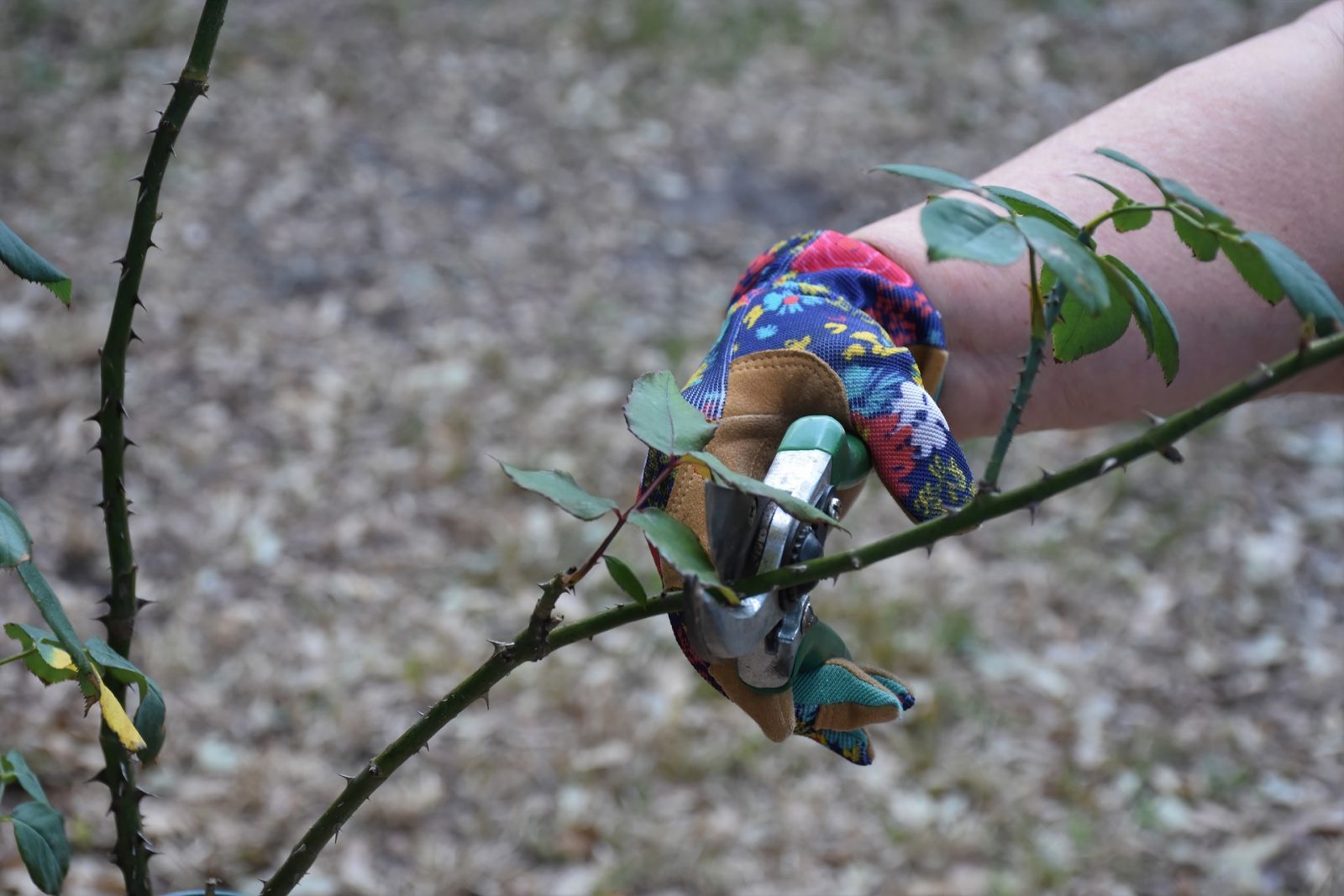Why Pruning in February is Beneficial
Pruning is a critical task that plays a significant role in maintaining the health and vitality of trees and shrubs. However, many gardeners are unsure about the best time to prune their plants. In this article, we will explore whether it is advisable to prune or not prune in February.

Pruning in February - Yes or No?
The answer to whether or not to prune in February depends on the type of plant and the specific objectives of the pruning. In general, pruning in winter, when plants are dormant, is ideal for several reasons. Firstly, pruning in winter helps to promote new growth in the spring. Secondly, pruning in winter can help to shape plants and remove damaged or diseased wood. Finally, pruning in winter can help to control the size of plants and prevent them from becoming too large or overgrown.
However, pruning in February is not always advisable. For example, if you have spring-flowering shrubs, such as Forsythia or Lilac, pruning in February can result in the removal of flower buds and reduce the amount of blooms in the coming spring. Therefore, it is advisable to wait until after flowering to prune these types of shrubs.
Additionally, if the temperature is below freezing, it is best to avoid pruning, as the cold can damage the exposed wood and make the plant more susceptible to disease and pests.
Benefits of Pruning
Proper pruning practices can provide several benefits to your plants, such as:
-
Improved plant health - removing dead or diseased wood can help to prevent the spread of disease and promote plant growth.
-
Increased flower and fruit production - pruning can help to stimulate new growth and encourage more flowers and fruits.
-
Enhanced plant appearance - pruning can help to shape plants, improve symmetry and provide a more pleasing aesthetic.
-
Preventing safety hazards - removing overgrown branches can prevent them from falling and causing injury or damage.
Pruning Techniques
When pruning, it is essential to use the correct technique to avoid damaging the plant. Here are some general tips for pruning:
-
Use sharp, clean tools to make clean cuts that do not tear the plant tissue.
-
Make cuts at a 45-degree angle, just above a leaf node or bud.
-
Remove dead or diseased wood first, followed by crossing branches, and finally, any wood that is growing in the wrong direction.
-
Do not remove more than 25% of the plant in one season, as this can weaken the plant and reduce its vigor.
Conclusion
In conclusion, the decision to prune or not to prune in February depends on the type of plant and your specific pruning objectives. While pruning in winter can provide several benefits, it is important to consider the type of plant and the timing of the pruning to avoid damaging the plant or reducing flower and fruit production.
We hope this guide has been helpful to you and provided valuable information on pruning in February. If you have any further questions or need assistance with your pruning tasks, please do not hesitate to contact us.
